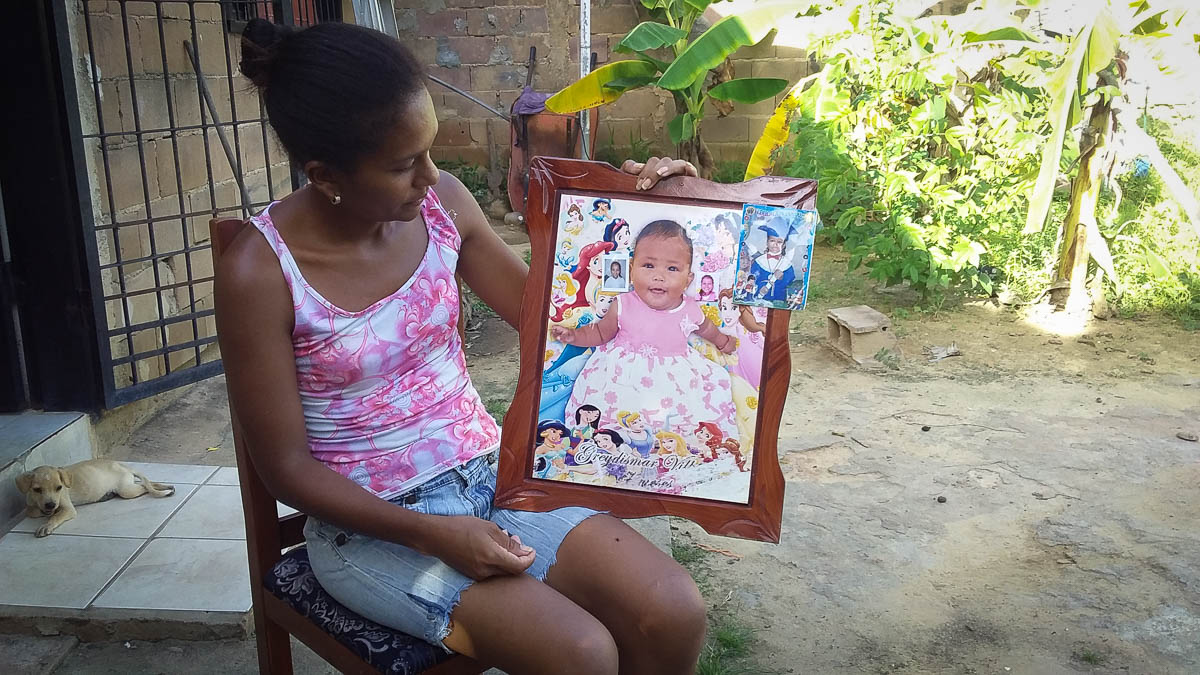

At age six, Dioselyn was diagnosed with osteosarcoma in her right foot. The doctors prescribed her some chemotherapy drugs which her parents, Carlos Villegas and Ediana Marchán, could not find in any of the hospitals of the states of Bolívar or Anzoátegui. The solution they came up with was to take their daughter to Brazil in the hope that she could begin treatment there.
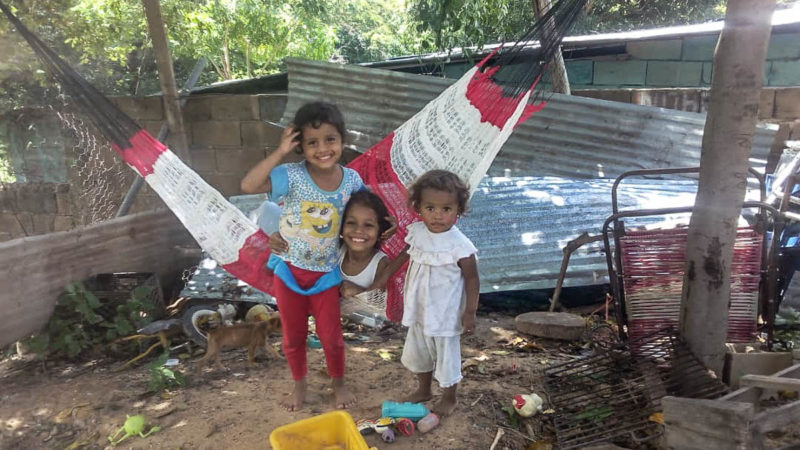 Photos: Gladylis Flores / Family album
Photos: Gladylis Flores / Family album
There is no such thing as silence in the Merchán Villegas household. As soon as you step into their house, you can hear a TV set playing some cartoon channel and the voices of girls talking and their gentle laughter.
The house, located on one side of Avenida San Vicente de Paúl in Ciudad Bolívar, the capital of the state of Bolívar, is small: it consists of a single room with a zinc-sheet roof built at the back of the yard of the house of Mrs. Victoria, the paternal grandmother of those little girls that laugh so much. If they didn’t, the silence would roar as if they were in a monastery. If they didn’t, Carlos Villegas and Ediana Marchán, her parents, wouldn’t even try to laugh themselves. The expression on their faces would always be rigid, their eyes holding back the tears. If the girls didn’t laugh, Carlos and Ediana say they would just give up, as they have wanted to so many times lately. Yet, sometimes, when they hear the girls burst with laughter, they can’t help but have a bittersweet feeling, for they are reminded that their ‘laughter ensemble’ is —and always will be— incomplete.
That the resounding joy of Dioselyn, their first-born daughter, is no more.
And they remember all that they went through with her while they were trying to save her.
Diosely, who was 6 at the time, was playing with a battery-powered toy car that she shared with her three younger sisters when she fell and hurt her right heel. It was April of 2018. She said she was in pain, but she didn’t stop playing. Ediana saw no reason for concern when, after a while, the little girl insisted that she was in intense pain. Ediana thought that the girl would get up the following day feeling better.
But she was wrong. The foot did not stop hurting. One day in June, almost two months after the fall, the girl’s pain became more severe and she could no longer place her foot on the ground to walk. Ediana and Carlos took her to the emergency care unit of the Dr. Héctor Nouel Joubert Hospital in Ciudad Bolívar. The girl was examined and the parents were given an explanation for her pain: Dioselyn had a fractured heel.
They put a splint on her and they all went home.
They thought that she would recover quickly and that things would not go beyond that. But they were wrong, again. A few days later, the girl’s foot began to swell. She cried; she said it hurt; she said that it hurt a lot. Dioselyn, who used to spend their days laughing, dancing and running, seemed off: she was very quiet and wouldn’t leave the hammock. For hours at a time, she would make drawings of her family, always in silence.
About three weeks later, her foot was still swollen. Ediana thought that the splint was not working and decided to remove it herself. The grandmother advised the girl’s parents to take her back to the doctor before it got worse, for Dioselyn was clearly not improving.
Since she could not walk, she was carried to the Ruiz y Páez University Hospital in Ciudad Bolívar, where two traumatologists assessed her condition. Her X-rays revealed that there was no fracture in her foot. One of the specialists suspected what it was about and summoned an oncologist who, after checking the X-rays results and having examined Dioselyn, said:
“She needs to have a biopsy. It is definitely not a fracture. And I don’t want to get ahead of things, but that looks like a tumor.”
That same day they drew a sample at the hospital. The biopsy needed to be performed at the Santa Ana Polyclinic, one of the two places in the city where they do this type of tests. Ten days later, the results came in and Ediana went to pick them up. As soon as she read the report, she rushed out: the oncologist was right. The girl had osteosarcoma, a type of bone cancer that causes lots of pain and swelling.
The woman ran the 2.5-mile distance between the polyclinic and her home without stopping. She went in, agitated, and she began to cry as she broke the news to Carlos.

Cancer: the word cancer echoed in her head. No one in her family had suffered from it. Up until that day, it had been some distant disease that she only saw people suffer from in the movies.
A few days later, the girl was hospitalized in the Ruiz y Páez hospital, where more tests would be run in order to determine her clinical condition. The doctors reported that the disease was at an advanced stage. The osteosarcoma was very aggressive. And, they said, a radical measure had to be taken: they had to amputate the girl’s right foot.
However, Carlos and Ediana refused. They clung to the hope that there might be another solution. How come science offered no alternative? How come their daughter would be incomplete? How come she would no longer be able to run and play at will? No, they wouldn’t allow it.
Carlos, in one of those discussions with the doctors, lost control and almost hit one of them.
“We’re not going to let them take a single hair off of her!” added Ediana during the heated exchanges.
Given the strong refusal of the girl’s parents, the doctors discharged Dioselyn and prescribed her chemotherapy drugs that would stop the cancer cells from spreading and kill the existing ones. It was a less invasive approach, no doubt about it, but the process would be slower. She was ordered to take an antineoplastic cocktail of methotrexate, ifosfamide, mesna and doxorubicin.
They went to the Vírgen del Valle Oncology Center, a nearby medical facility, so that the girl would receive treatment. But they had had a shortage of specialists in the pediatric area for more than a year and they did not have chemotherapy medicines in stock.
So, Carlos and Ediana took Dioselyn with them and travelled five hours by road to Barcelona, in the neighboring state of Anzoátegui, to the Luis Razetti University Hospital, because they had been told that they had pediatric oncologists there.
And it was true, but they didn’t have chemotherapy drugs either. The doctors recommended they buy them on the black market, as some patients and their relatives did. But it was not a solution for them, for the only money they have is the minimum wage that Carlos earns working in the office of the governor of the State of Bolivar, and drugs like those are expensive and priced in dollars.
Thus, they returned to Ciudad Bolívar.
Time went by and Dioselyn’s pain was getting worse every day. She was given high doses of analgesics, but they barely worked on her.
The doctors at the Vírgen del Valle Oncology Center invited her to an activity that had been organized by a foundation, where she got to share with other children with cancer who had already gone through part of the process. They talked to her a lot: they told her how their hair had fallen out, why they wore surgical masks, and they assured her that the chemotherapy did not hurt and that it would make her vomit and would give her nausea and diarrhea, but that it was all normal.
And they also played with her.
Some of those children’s parents told Carlos and Ediana that, in an effort to finding a solution to the shortage of chemo medications, they had travelled to Boa Vista, a Brazilian city located about 580 miles from Ciudad Bolivar, because the treatment there was free.
Dioselyn’s parents did some research and found out that it was true. Since they lacked the money to pay for the trip, they joined forces with other people to make it happen: they raised the funds with the help of relatives, members of the evangelical church that Ediana attends, and several foundations.
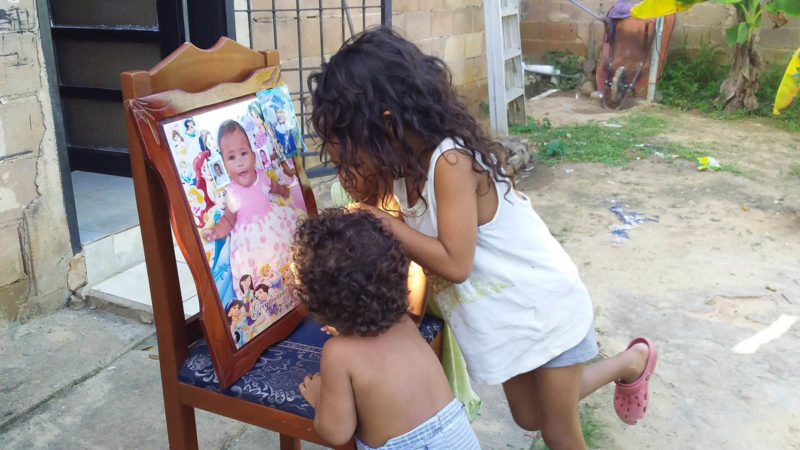
So, on the morning of October 10, 2018, Ediana and her brother-in-law took the road to Brazil. Carlos stayed home caring for their other three daughters. Usually a trip like that is made in one day, but it took them almost three: members of the Pemón indigenous community in the area had taken to the streets to protest and had blocked the Troncal 10, the long road that connects Venezuela with Brazil.
After spending a few hours in the blockade, they managed to talk to the demonstrators who, seeing the girl’s conditions, allowed them to pass in an ambulance of the indigenous people themselves, which dropped them in Las Claritas, three and a half hours from Santa Elena de Uairén. It was night and they did not know where they were going to sleep.
Ediana’s brother-in-law suddenly bumped into a man from Ciudad Bolivar that he had known for years: it was he who gave them food and rented them a room in which they were able to rest that night.
At dawn, they got on an express taxi to Santa Elena de Uairén. The grandson of the pastor of the church where Ediana goes was waiting for them and helped them get to Pacaraima, on the border. From there, they went to Boa Vista, a three-hour ride. They arrived on the night of October 12.
They went straight to the hospital in Boa Vista and Dioselyn was immediately admitted. They gave them dinner and a number of specialists examined the girl. It wasn’t a hospital where they could treat cancer, it wasn’t equipped for that; but her being treated there would get her medical history and case filed with the Brazilian public health service.
The days passed slowly. Ediana and her brother-in-law would regularly call to Venezuela. Dioselyn would make drawings. The doctors would run tests on her. A lot of tests. They were there on October 16 when the girl turned 7. That was one of the few days in which the girl did not smile, not even when Ediana braided her hair and sang her happy birthday in the company of some of the medical staff.
“Don’t’ worry, sweetie; we’ll soon be going back to Ciudad Bolívar to celebrate with your little sisters and your father. And we’re also going to the beach.”
“Mom, please, don’t remind me of my little sisters because it makes me sad,” answered the girl.
A few days later, they learned that the disease had not stopped spreading: a number of studies revealed that Dioselyn had metastases in both her lungs and her bladder. Since they couldn’t take care of her there, they transferred her in an air ambulance to the Hospital of Love, formerly called ‘Hospital del Cáncer de Barreto’, in Sao Paulo, more than 2,800 miles away, intubated, with a catheter and difficulty breathing.
Upon their arrival, the specialists told Ediana that because of the advanced stage of the disease, they could no longer give chemotherapy to her daughter. She was admitted to the Intensive Care Unit. Although she was conscious, she complained a lot about the excruciating pain she felt.
The morning of November 14, a psychologist from the hospital approached Ediana: she told her that Dioselyn would be connected to a ventilator until her organs stopped working.
It could be weeks.
Or days.
Maybe hours.
Ediana started praying. She called her husband in Venezuela to tell him. Then she entered the ICU and spent four hours there with her daughter.
Four hours during which she prayed, apologized to her, and told her how much she loved her. She told her not to be afraid. That she would go to a place where she would not suffer any more, a place full of light where there would be no pain. That she would be with God. In heaven.
That’s what she was telling her when she saw on the small screen next to her how her daughter’s heartbeat began to get weaker and weaker.
She called the doctors.
There was nothing they could do anymore.
“My daughter needed to listen to everything I told her to leave in peace. She knew how much we all loved her,” she remembers now.
The hospital took care of transferring the body by air to Boa Vista. But Ediana wanted her daughter’s body to return to Ciudad Bolivar. From Venezuela, Carlos made the arrangements and gathered funds for her repatriation with people close to him. It was four days by road. A month and a half had passed since Dioselyn’s father had last said goodbye to her.
The cartoon show has not finished yet and the girls are still laughing. Sometimes they ask about their little sister. They see her picture and ask where she is.
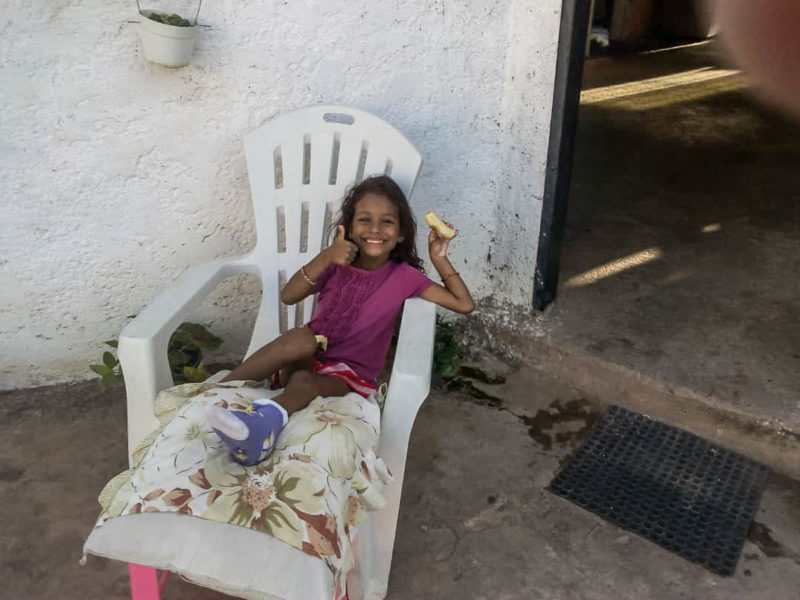
Translation: Yazmine Livinalli
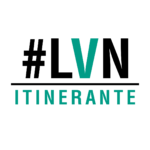
Note: This is a story of the Venezuelan website La vida de Nos. It is part of its project La vida de Nos Itinerante, which develops from storytelling workshops for journalists, human rights activists and photographers coming from 16 states of Venezuela.
1883 readings
I am a journalist from the Andrés Bello Catholic University, Guayana Campus. I report from the streets of Ciudad Bolívar and Ciudad Guayana, where I grew up and trained to tell stories.
2 Comentario sobre “My Daughter Needed to Hear Everything I Told Her”